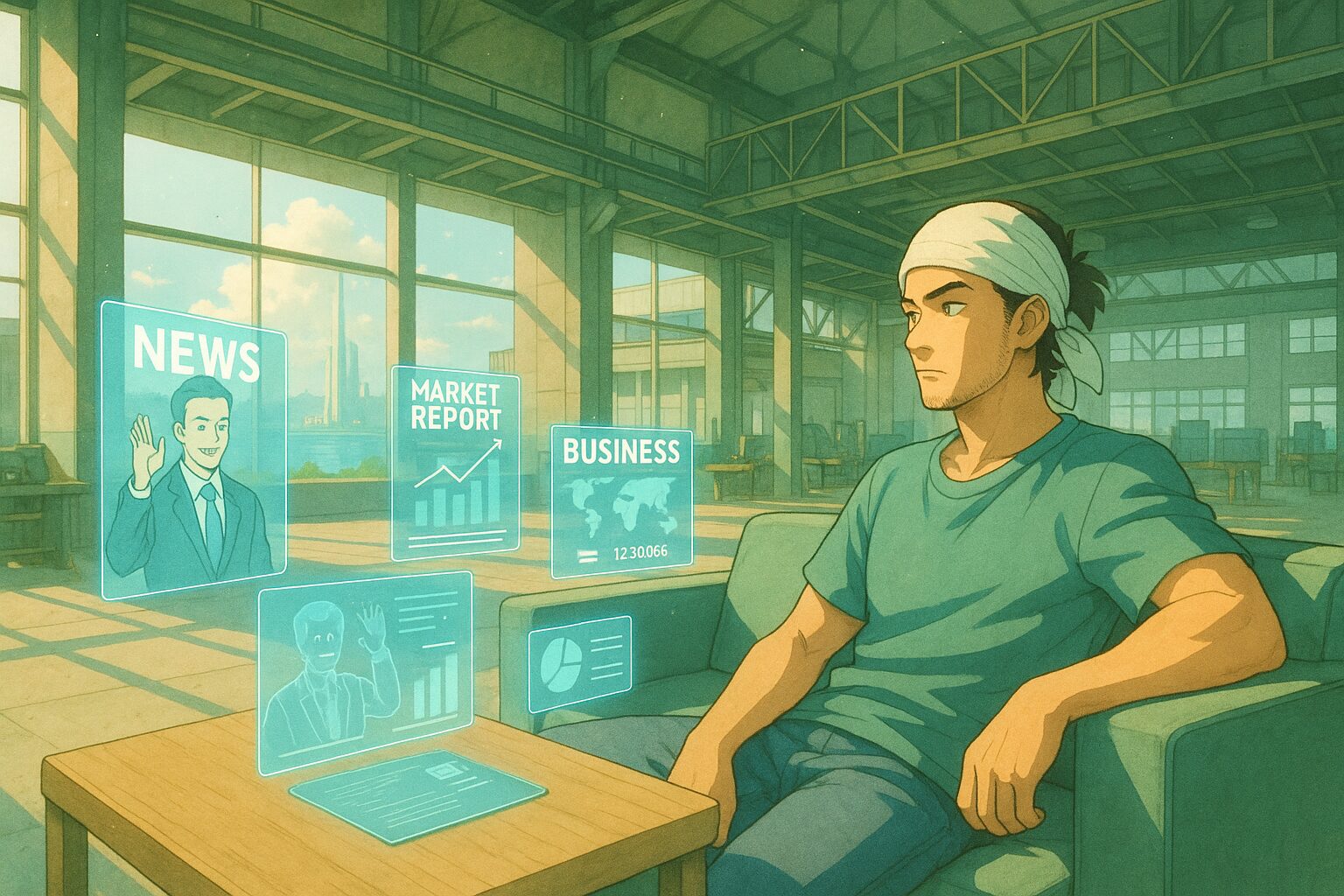Could a 100-Year-Old Math Solution Change the Future of Wind Power?
Innovation has arrived from an unexpected source. A student at Pennsylvania State University has solved a long-standing mathematical problem, opening new avenues for wind turbine design. If this momentum continues, how will the future of wind power change?
1. Today’s News
Source:
https://www.thebrighterside.news/post/penn-state-student-cracks-100-year-old-math-problem-transforming-wind-turbine-design/
Summary:
- A student at Pennsylvania State University has solved a mathematical gap in the century-old model of wind turbines.
- This will provide renewable energy engineers with smarter design tools.
- The solved mathematical problem allows for new designs that enhance the efficiency of wind turbines.
2. Considering the Background
Wind power is highly anticipated as a clean energy source, but it faces numerous challenges regarding efficiency and costs. In particular, the design of wind turbines has been complex, and there has been room for improvement in the mathematical models that have been used for many years. However, as technology has evolved, this issue has garnered renewed attention, leading to innovative solutions like the one we see today. How will such changes affect our daily lives and energy usage?
3. What Does the Future Hold?
Hypothesis 1 (Neutral): A Future Where Innovative Wind Turbines Are Common
Directly, the design of wind turbines will become more efficient, allowing for the generation of more energy. As a result, renewable energy usage will become even more common. In the long term, clean energy will become the norm, gradually reducing reliance on fossil fuels.
Hypothesis 2 (Optimistic): A Future Where Renewable Energy Thrives
This mathematical solution will reduce the costs of wind turbines and accelerate their adoption worldwide. Consequently, stable energy supplies will become possible, advancing the realization of a sustainable society. Ultimately, environmental consciousness may rise, leading to a lifestyle that harmonizes with nature.
Hypothesis 3 (Pessimistic): A Future Where Innovation in Wind Power is Lost
Directly, the solved problem may only be utilized by a limited number of companies or countries, resulting in limited benefits. This could lead to a stagnation in the spread of renewable energy, losing opportunities for improvement. Ultimately, expectations for clean energy might deflate.
4. Tips for Us
Thought Process Tips
- Consider how future energy choices will impact our lives.
- Discover how daily choices can contribute to the future of energy.
Small Practical Tips
- Review energy usage at home and strive for energy conservation.
- Actively support policies and products that promote clean energy.
5. What Would You Do?
- What can you do to support this new wind turbine technology?
- Do you have ideas to promote the spread of clean energy?
- What actions will you take to influence future energy choices?
What future have you envisioned? Please share your thoughts through comments or social media.









